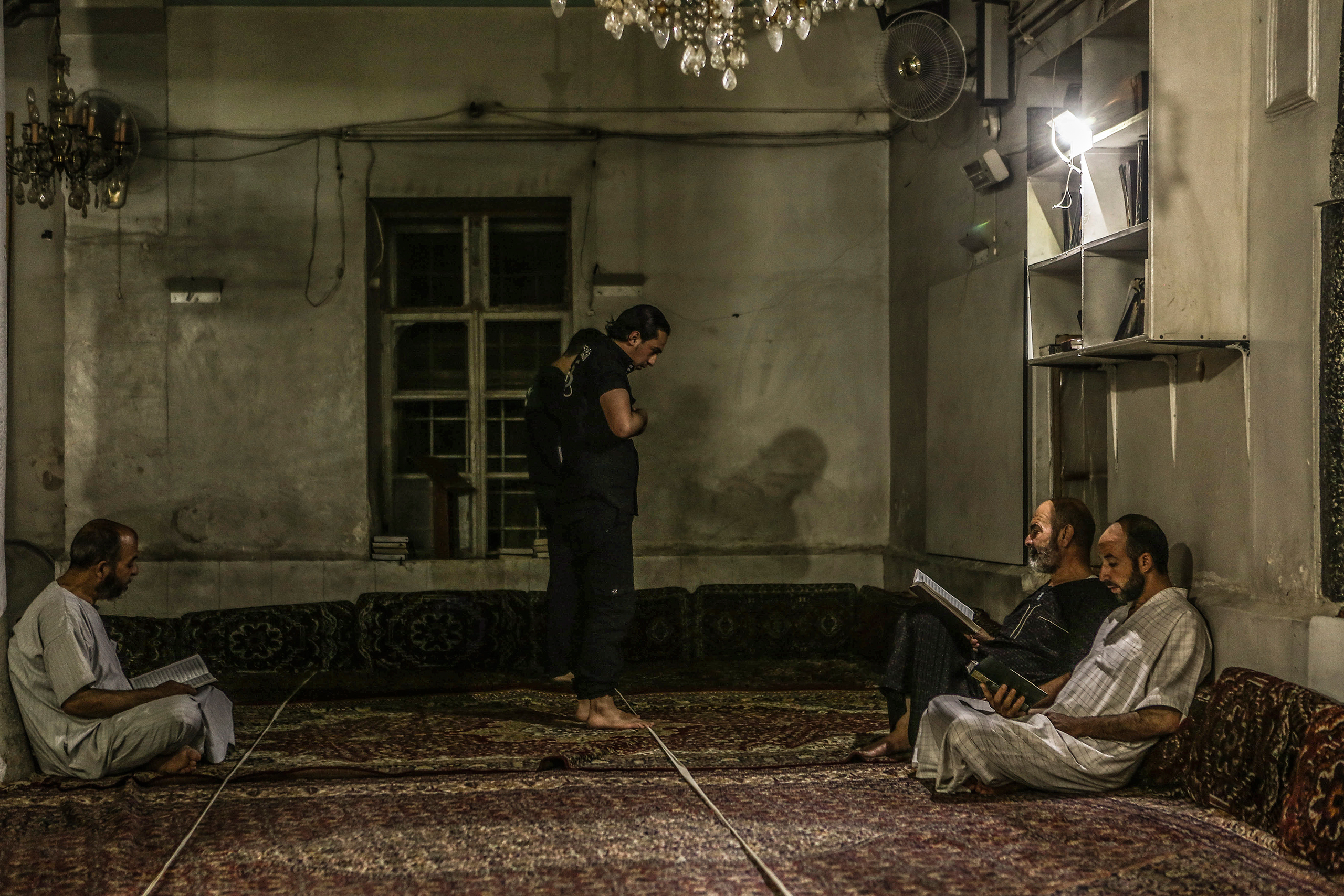Mohammed Badra Is TIME’s Pick for
Wire Photographer of 2016
By ANDREW KATZ
Wire photographers often make their name covering many stories over the course of a year—as small as a grand opening or a local press conference, as big as a natural disaster or an election, perhaps a new conflict. Weeks are spent away from home, filing at all hours from datelines across countries and oceans. That has been the case with our previous picks for Wire Photographers of the Year. This year is different.
The rise of journalists as targets in Syria halted the flow of photographers that is typical in war, forcing news organizations to rely on a mix of ground sources like never before. Getting the full picture became a precarious balancing act that weighs handouts from opposition factions and government agencies with independent sources who likely have no experience in reportage. Medical personnel and rescue workers and teachers became information outlets via Facebook, Twitter, YouTube and WhatsApp, transforming wire agencies into curators and fact-checkers of what they could not see for themselves. Some, though, have strictly vetted and hired locals to capture their reality for the masses.
TIME has previously called attention to the Syrian photographers working day and night to document this intractable conflict. Facing great risk and suffering personal loss, they turn their lenses to ghastly scenes that fade in and out of the global news cycle. Their job is historic. Their images serve as evidence. Among them is Mohammed Badra, a staff photographer with the European Pressphoto Agency based in Douma, a rebel-held suburb of Damascus.
Badra, 26, has largely been restricted to his hometown that is besieged by the Syrian government. When the security situation allows, he can cover other opposition-held areas nearby. With a family fractured by war, he has spent the year bearing witness to horrific atrocities and the impact on these communities. For the emotion and importance of his work, for his skill and unwavering commitment in the face of hardship, he is TIME’s pick for Wire Photographer of 2016.
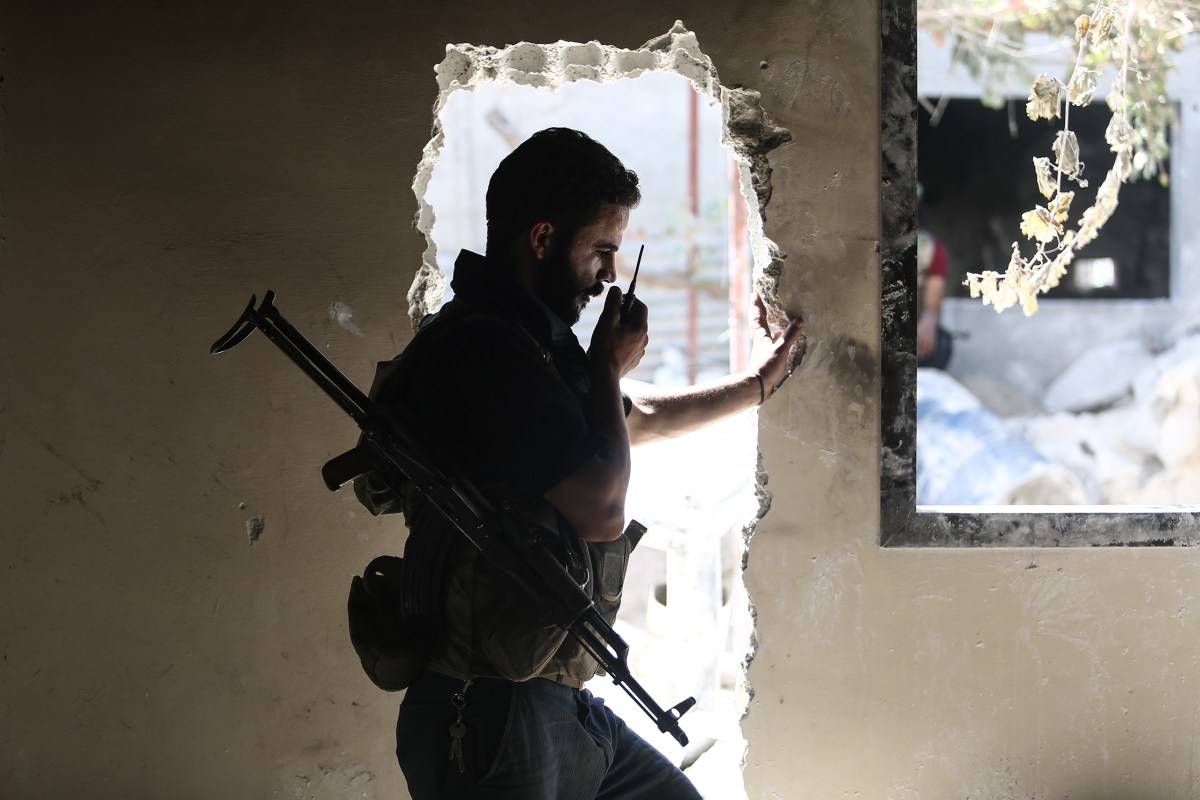
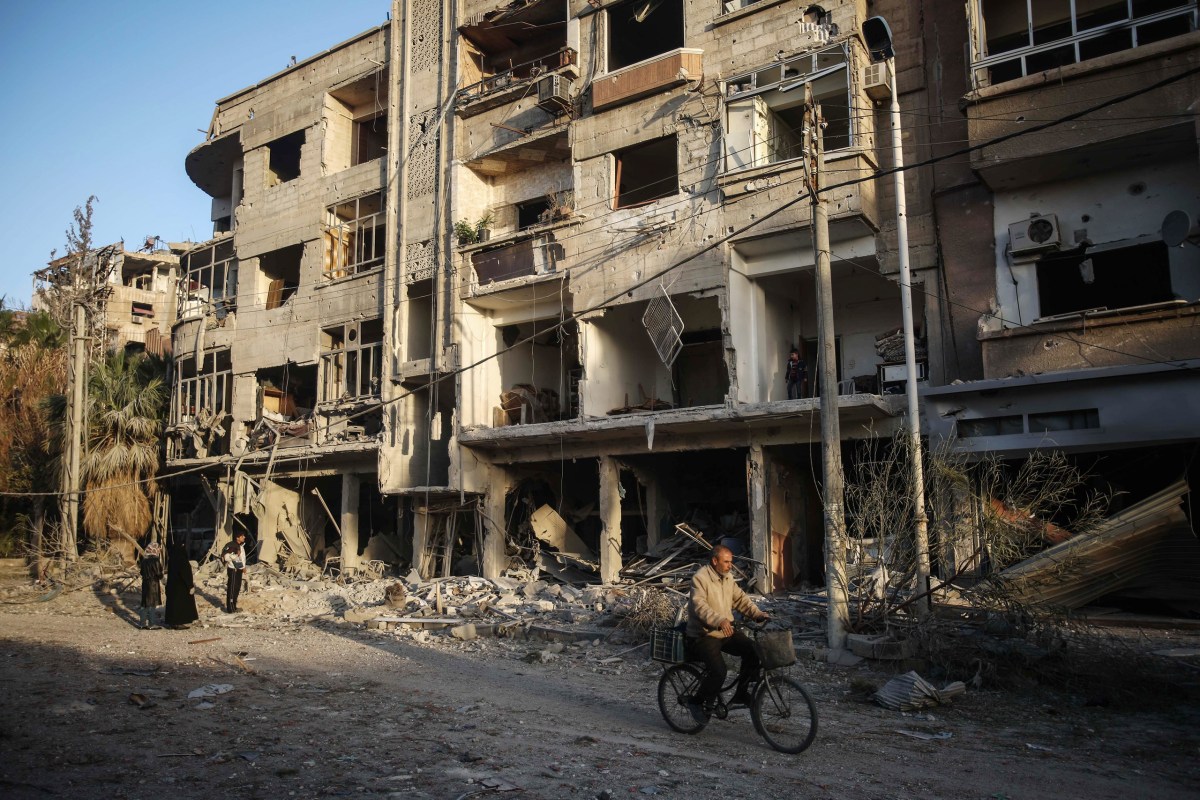
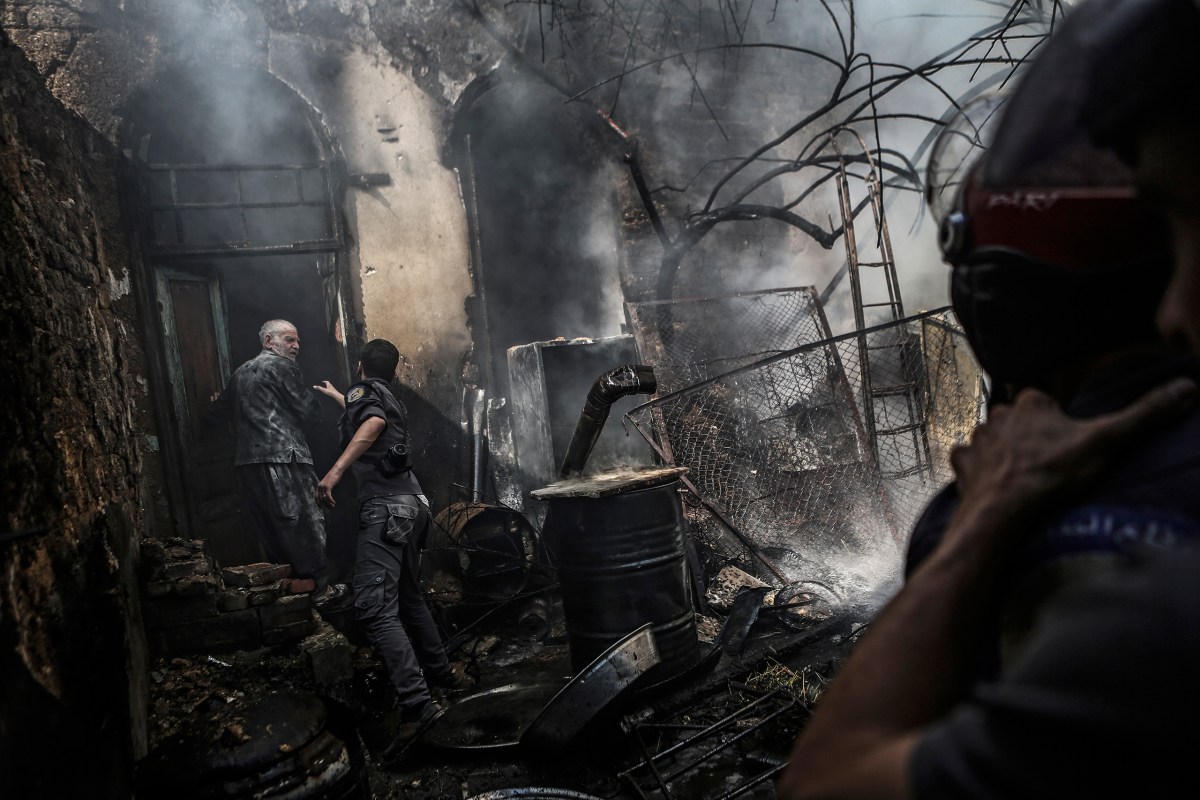
Badra was born and raised in Douma, in peacetime about a 20-minute drive from Damascus. In 2009, he began to study architecture—“my dream,” he says—at a university in the capital, but left during his third year as the revolution devolved into open conflict. Friends had been arrested without cause. Death was normalizing. It was in 2012, after he became a first-responder in a local branch of the Syrian Arab Red Crescent, that he began taking pictures. First in destroyed buildings, then at a market and eventually at the group’s medical station, on rescue operations and elsewhere.
The following year, Bassam Khabieh, a Reuters photographer in Douma who was recognized this year with the prestigious Robert Capa Gold Medal, helped connect him with the agency. In his new career, Badra says he came to see a part of his past. “I found photography is one of the other faces of architecture, so I felt like I was alive again,” he tells TIME. “The camera will be my pen.”
He left Reuters last year and ended up at EPA. Working under Oliver Weiken, who at the time was in charge of building out EPA’s photo coverage in Syria, he focused on the human toll. “Most of the pictures published from Syria are full of injuries and destruction,” Badra says. “I am trying to focus on the civilians and the human details in the people.”
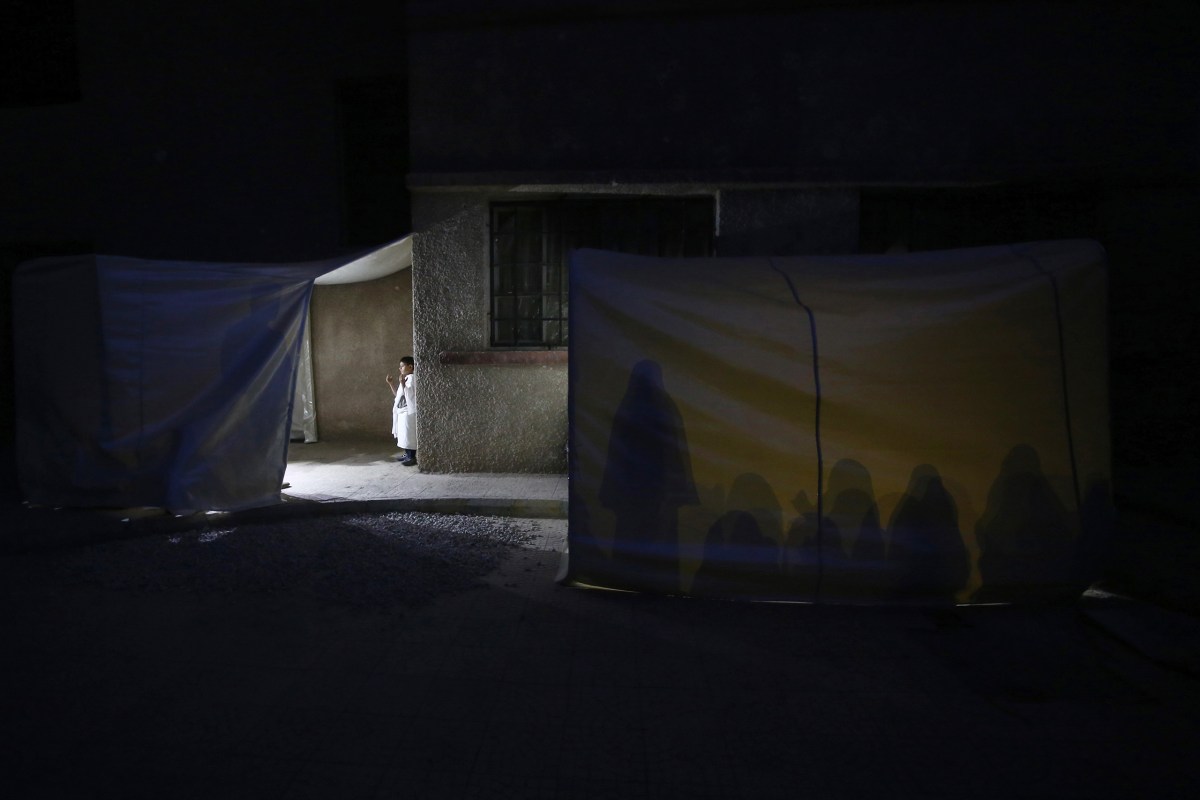
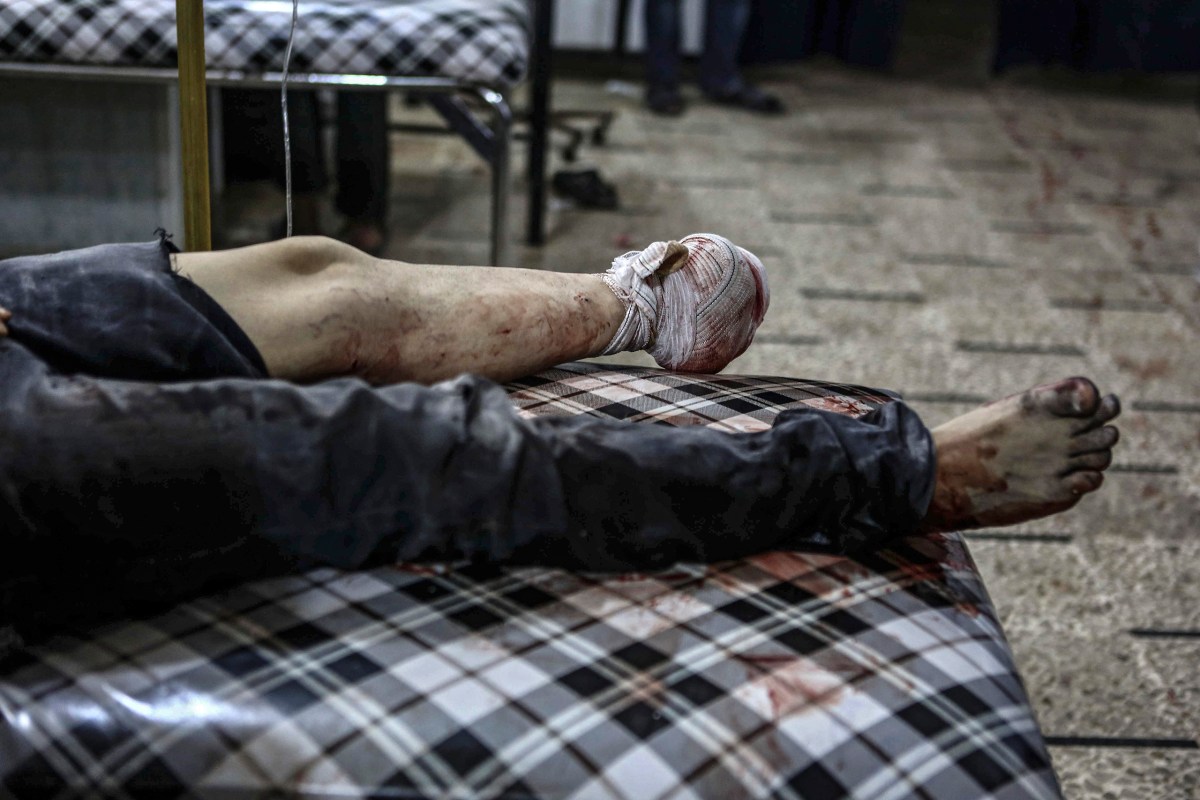
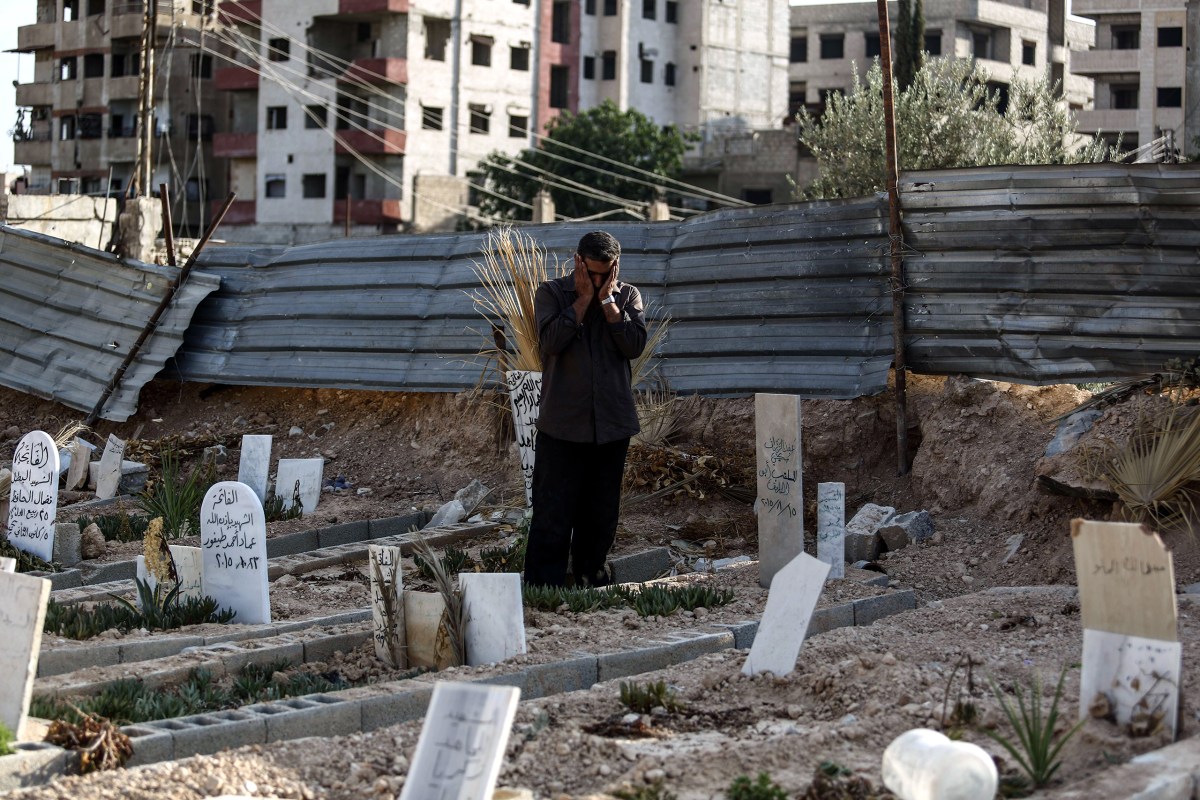
The pair developed a trust, frequently talking through encrypted messages about the ground situation and how Badra coped under those circumstances, what’s feasible for him to photograph and how to do so as safely as he could.
Throughout this year, Weiken and Badra honed in on the war’s tiniest victims. The United Nations estimates some 500,000 children live in 16 besieged areas across Syria. The photographer has spent time at an underground amusement park where dozens of children listen to songs and play on rides, inside damaged schools and at hospitals after attacks left them dazed and injured or dead.
“The children were the most damaged here: no future, no present, and a past full of blood and bombings,” Badra says. “So when I find a smiling child, I think it’s an important thing. It’s a valuable picture, and taking that picture makes me smile also.”
Badra recalled several moments that tested his ability to document what his eyes saw and what his ears heard. The young boy who was killed in a bombing. “I just think about his parents, about his lost future,” he says. The neighbor whose house was burned after an airstrike and who tried to extinguish the flames with cups of water. The man suffering from kidney failure, whose medical workers lacked enough medicine for treatment.
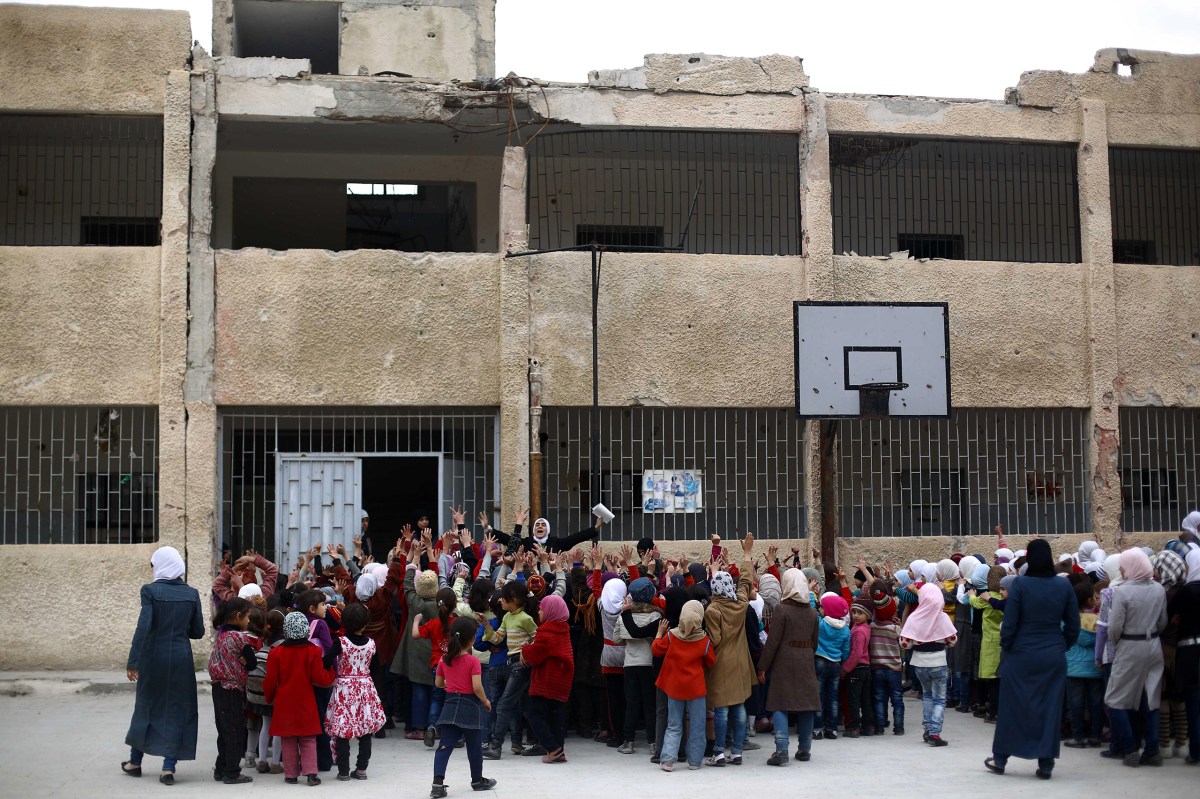
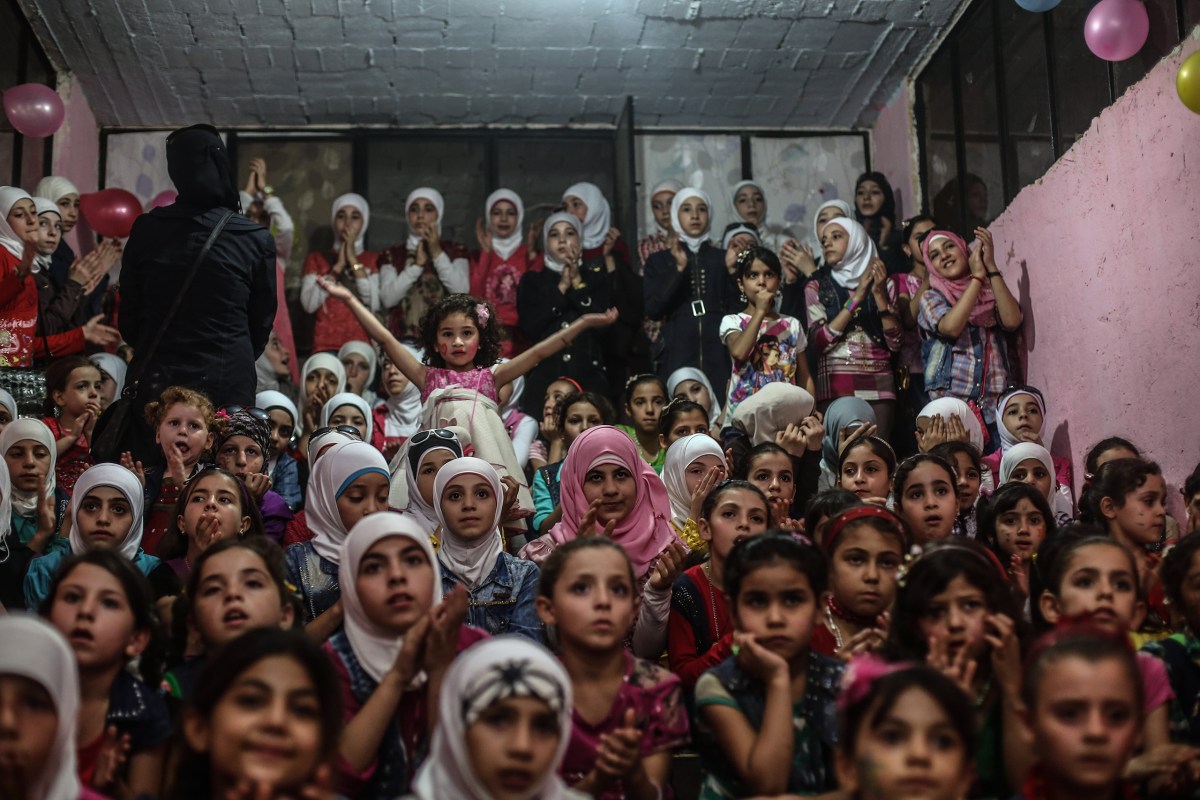
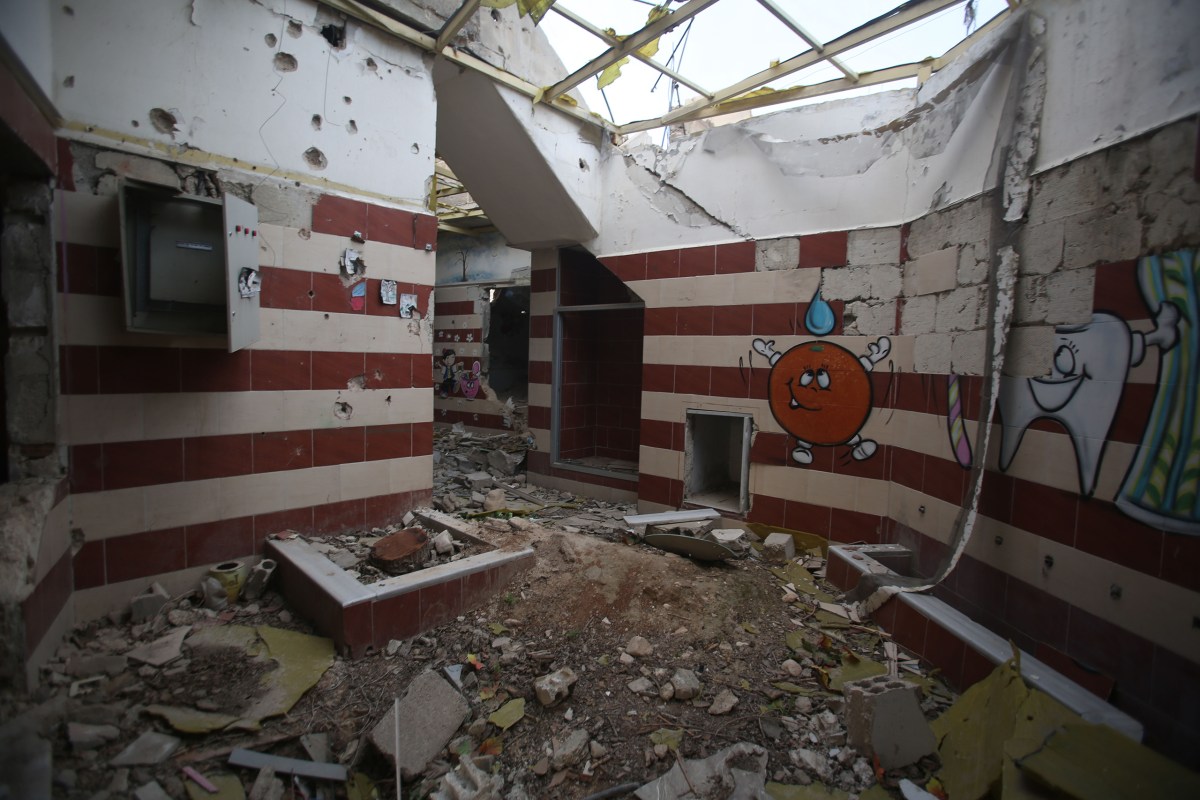
Badra is in part motivated by the thought his pictures could help make a difference in the eyes of the U.N., aid organizations and governments pulling the levers of war. “Maybe one picture can help to stop the war,” he says. Badra strives for objectivity in a conflict where both sides and their proxies aim to push narratives that counter one another. He knows the importance of trustworthiness for his audience. He recognizes what’s at stake.
“I need to record and document the present of this country, because it will be the history,” he says. “I will still work now even if that didn’t help in the past. I hope that helps in the future.” That future is one where the skies are clear and the guns are silent, where the sieges have been lifted and the reconstruction has begun. And where his family is together again.
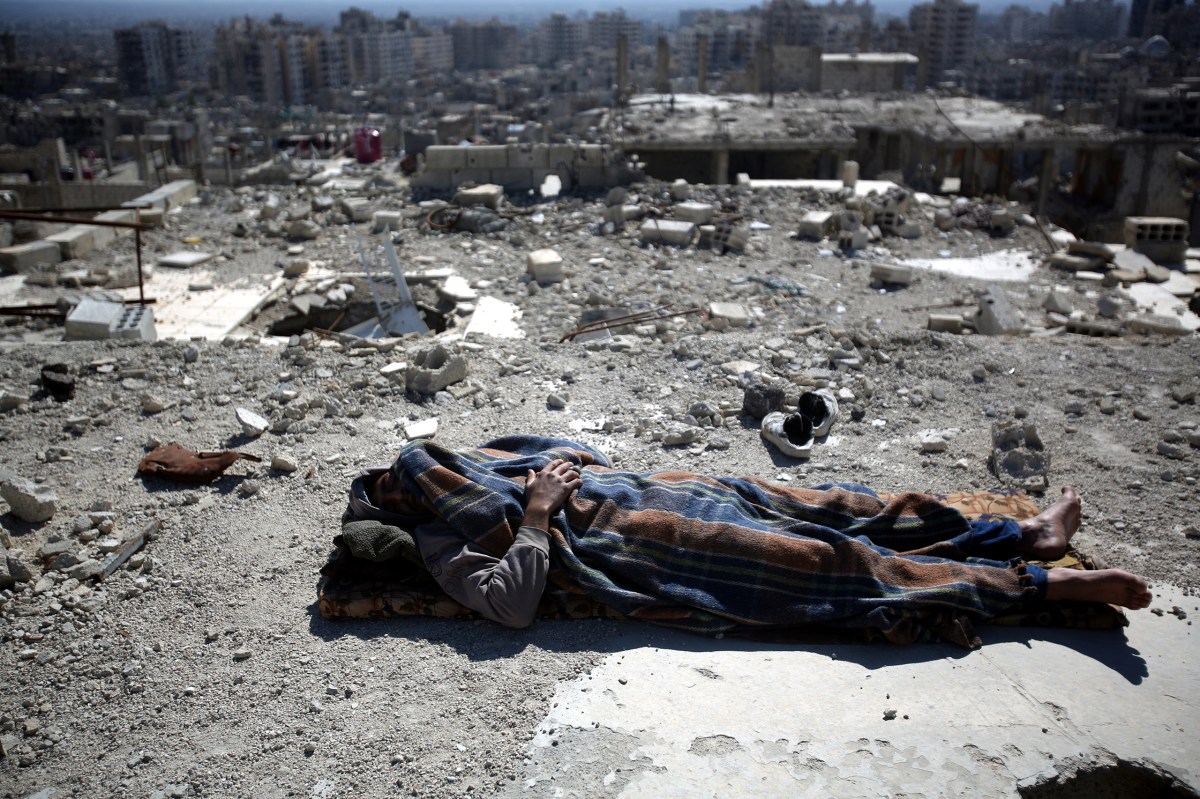
Previous Wire Photographers of the Year include Mauricio Lima (2010), Pete Muller (2011), Marco Longari (2012), Muhammed Muheisen (2013), Bulent Kilic (2014) and Angelos Tzortzinis (2015).
